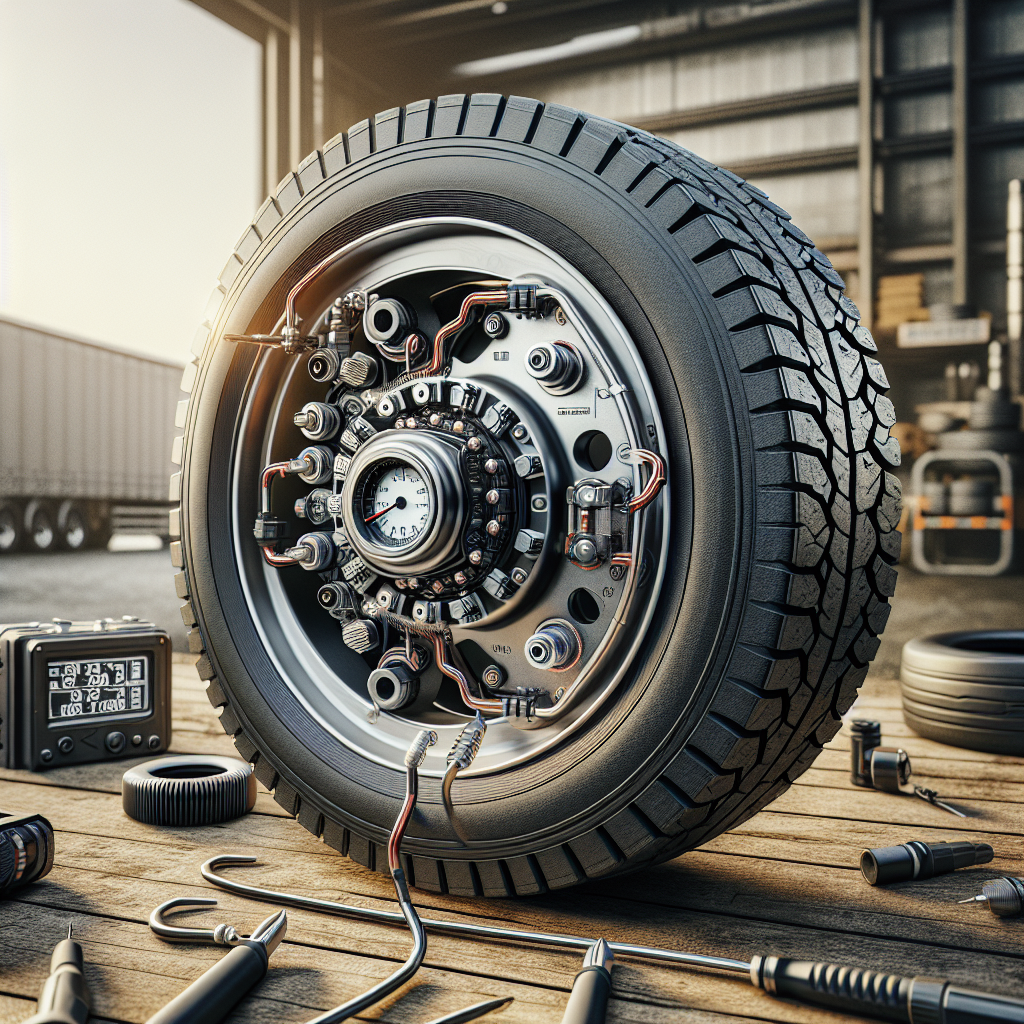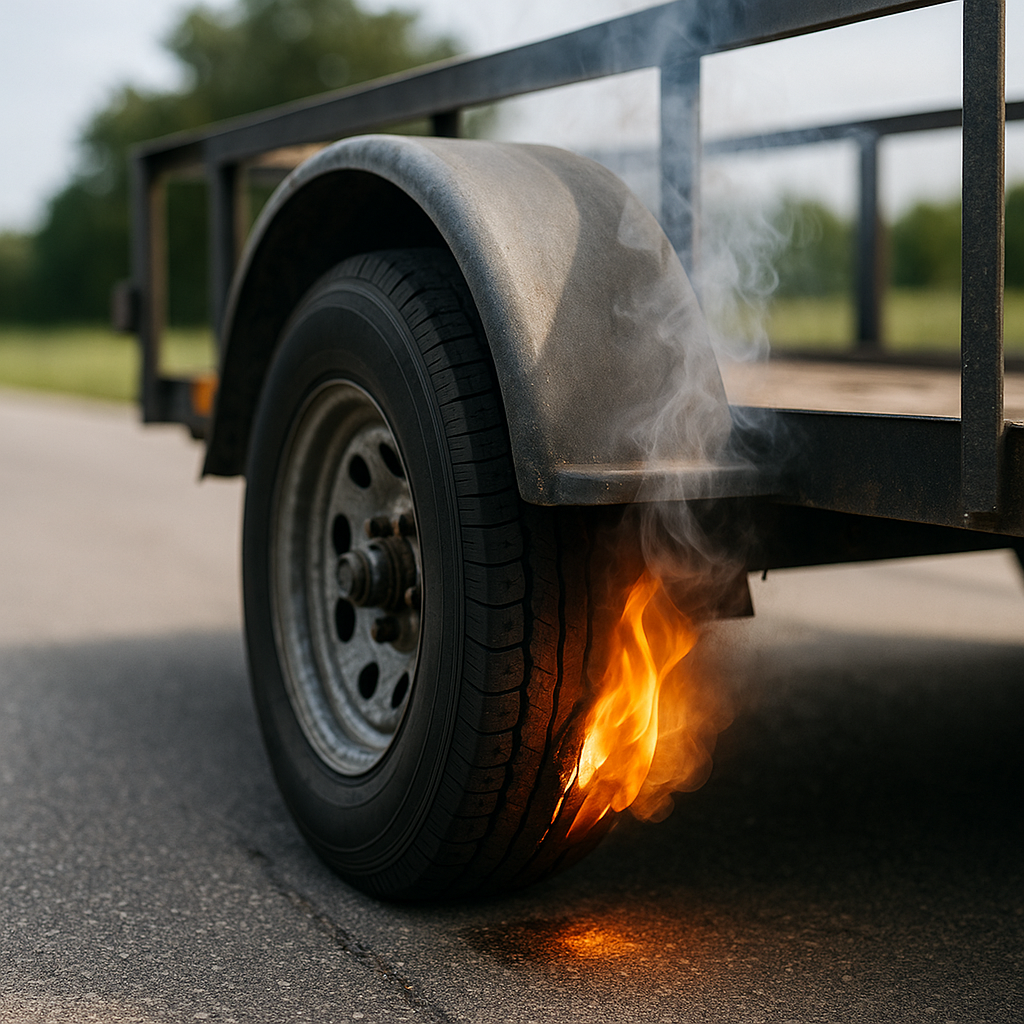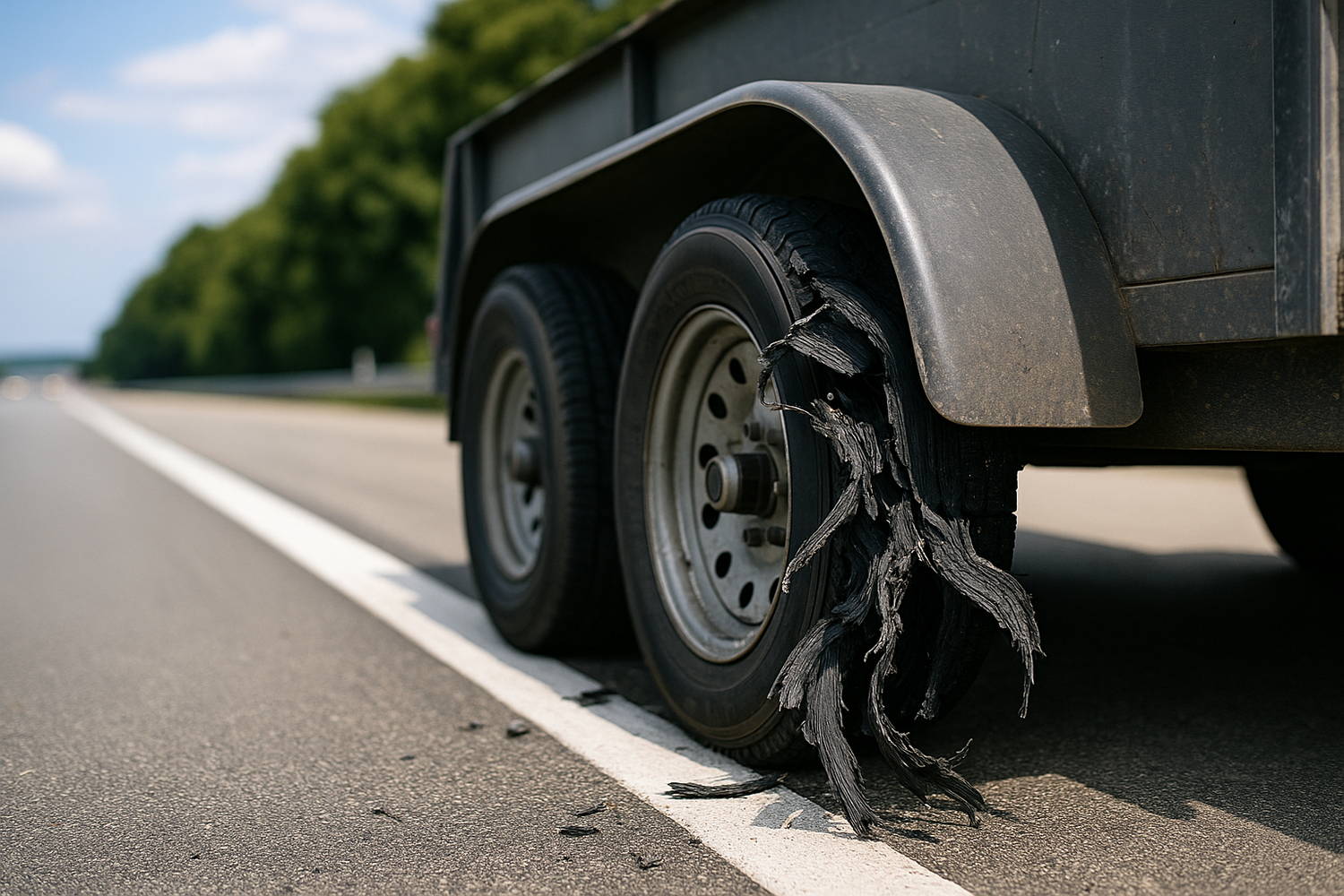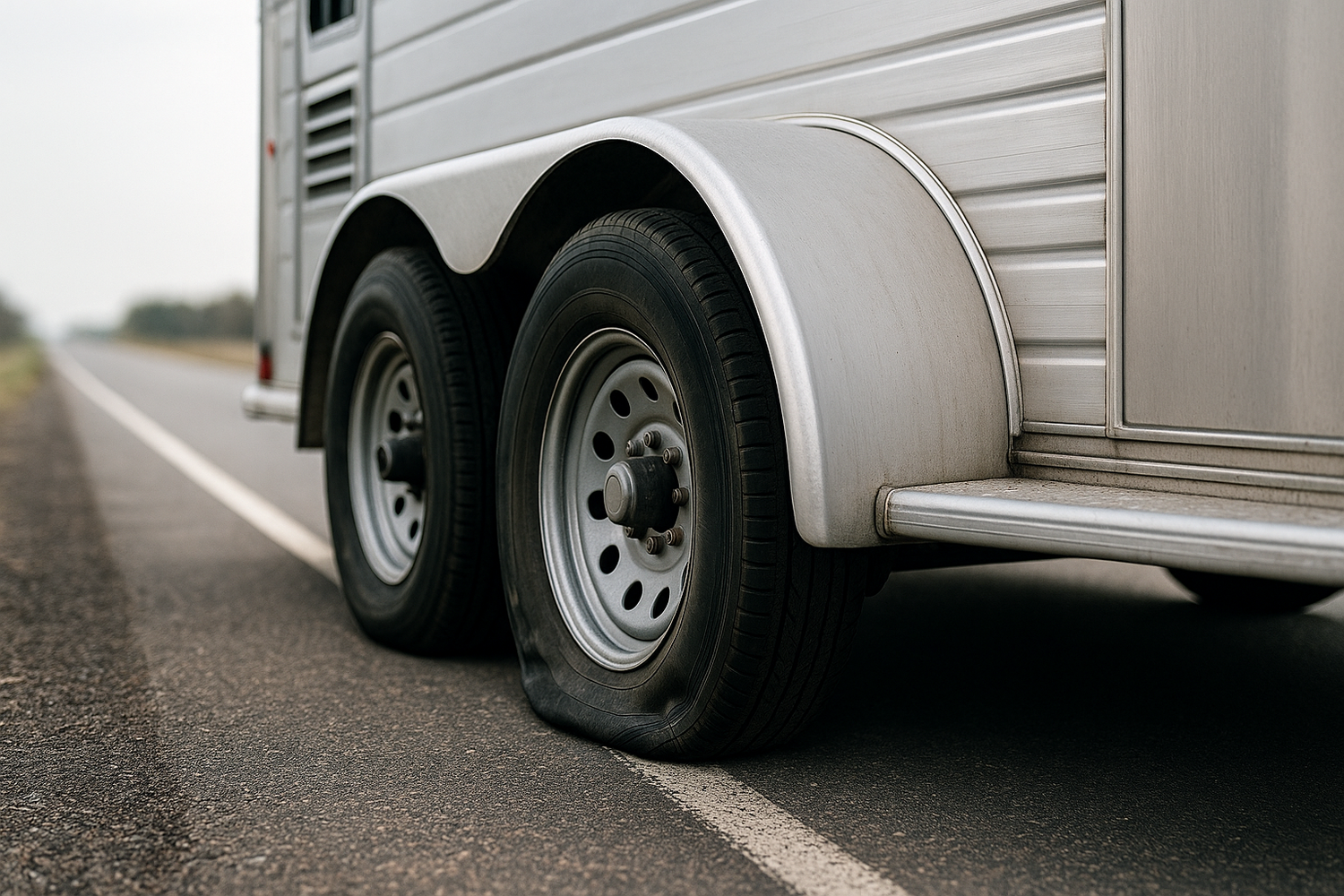Understanding the significance of a Tyre Pressure Monitoring System (TPMS) is crucial for ensuring safety and efficiency while towing. These systems are designed to monitor the air pressure inside your trailer’s tires and alert you to any anomalies. This proactive approach not only enhances the performance of your vehicle but also plays a vital role in preventing serious accidents caused by tire blowouts or excessive wear.
Installing a TPMS can significantly improve your towing experience. Here are some key benefits:
- Enhanced Safety: A well-maintained tire pressure can prevent accidents and costly repairs.
- Fuel Efficiency: Proper tire pressure contributes to better fuel economy, saving you money in the long run.
- Increased Tire Longevity: Regular monitoring allows you to detect issues early, extending the lifespan of your tires.
For those wondering, can a tyre pressure monitoring system be installed easily? The answer is yes! Most TPMS installations are straightforward and can be done with minimal tools and expertise.
Tow with peace of mind, knowing that trailerwatchdog is standing guard.
Benefits of Installing a Tyre Pressure Monitoring System
Installing a Tyre Pressure Monitoring System (TPMS) offers numerous advantages that enhance your towing experience and overall vehicle performance. Here are some of the most significant benefits:
- Real-time Monitoring: A TPMS provides continuous updates on tire pressure, allowing you to make informed decisions about your trailer's safety. This real-time data helps you address tire issues before they escalate into serious problems.
- Preventative Safety: By detecting low tire pressure, a TPMS can help prevent blowouts or tire failures, significantly reducing the risk of accidents on the road.
- Cost Savings: Maintaining optimal tire pressure can lead to better fuel efficiency, which translates to savings on fuel costs over time. Additionally, proper tire maintenance reduces wear and tear, extending the lifespan of your tires.
- Convenience: Many modern TPMS units are equipped with user-friendly interfaces, making it easy for drivers to access tire data at a glance. This convenience ensures that you are always aware of your tire condition.
The peace of mind that comes with knowing your trailer's tires are in optimal condition cannot be overstated. As a result, investing in a TPMS is a smart decision for any trailer owner.
Step-by-Step Installation Process for TPMS

Installing a Tyre Pressure Monitoring System (TPMS) is a straightforward process that can be accomplished with minimal tools and expertise. Here’s a step-by-step guide to help you get started:
- Gather Your Tools: Before beginning the installation, ensure you have the necessary tools such as a wrench, screwdriver, and possibly a tire inflator. Check the manufacturer's instructions for any specific tools required.
- Choose the Right Location: Select a suitable location on your trailer for the TPMS display unit, ensuring it is easily visible while driving.
- Install the Sensors: Carefully attach the tire pressure sensors to each tire's valve stem. Make sure they are securely fastened to avoid any leaks.
- Connect the Monitor: Wire the monitor according to the manufacturer's instructions. This usually involves connecting the display unit to a power source, often the vehicle's battery.
- Calibrate the System: After installation, calibrate the TPMS as per the instructions provided. This step is crucial for ensuring accurate readings from the sensors.
- Test the System: Once everything is installed and calibrated, conduct a test to ensure that the system is functioning correctly. Check that the monitor displays accurate tire pressures.
Following these steps will help you successfully install your TPMS, enhancing your towing experience while ensuring safety on the road.
Common Challenges in TPMS Installation

While installing a Tyre Pressure Monitoring System (TPMS) can be relatively simple, several common challenges may arise during the process. Being aware of these challenges can help you better prepare and ensure a smoother installation:
- Compatibility Issues: Not all TPMS systems are compatible with every trailer. It's essential to verify that the system you choose is suitable for your specific trailer model and tire type.
- Sensor Placement: Incorrect placement of sensors can lead to inaccurate readings. Careful attention must be paid to ensure that sensors are properly attached to the valve stems without obstructing the tire's operation.
- Wiring Difficulties: If the TPMS requires wiring for the monitor, you may encounter issues connecting the device to the power source. Ensure that you follow the wiring diagram closely to avoid short circuits or malfunctioning.
- Calibration Errors: Failing to calibrate the TPMS after installation can result in misleading pressure readings. Always follow the calibration instructions provided by the manufacturer to ensure optimal performance.
- Battery Life Concerns: Some TPMS sensors are battery-operated. Be prepared to monitor and replace batteries periodically to maintain accurate readings and system functionality.
By recognizing these potential challenges, you can take proactive steps to troubleshoot issues and ensure a successful installation of your TPMS.
Choosing the Right Tyre Pressure Monitoring System

Selecting the appropriate Tyre Pressure Monitoring System (TPMS) is crucial for ensuring the safety and efficiency of your trailer. With a variety of options available on the market, here are essential factors to consider when making your choice:
- Type of TPMS: There are two main types of TPMS: direct and indirect. Direct TPMS uses sensors mounted on each tire to measure pressure, providing real-time data. Indirect TPMS estimates tire pressure through wheel speed sensors. Understand your needs and choose accordingly.
- Ease of Installation: Look for systems that offer a straightforward installation process, especially if you plan to install it yourself. Systems with wireless sensors are often easier to set up than those requiring extensive wiring.
- Real-Time Monitoring: Choose a system that provides real-time alerts for tire pressure and temperature. This feature is essential for preventing tire blowouts and ensuring your trailer operates safely.
- Durability and Weather Resistance: Since trailers often operate in harsh conditions, select a TPMS that is built to withstand various weather elements. Ensure that the sensors are durable and can handle exposure to moisture, dirt, and extreme temperatures.
- Battery Life: Investigate the battery life of the sensors. Systems with longer-lasting batteries will require less maintenance and provide consistent monitoring without frequent replacements.
By carefully evaluating these factors, you can choose a TPMS that best meets your needs, ultimately enhancing your trailer's performance and safety on the road.
Conclusion on Installing a Tyre Pressure Monitoring System

In summary, installing a Tyre Pressure Monitoring System (TPMS) is a vital step towards enhancing the safety and efficiency of your trailer. By monitoring tire pressure and temperature in real time, a TPMS can help prevent catastrophic failures, reduce tire wear, and improve fuel efficiency. The installation process is generally straightforward, especially with the right system, making it an accessible upgrade for trailer owners.
As you consider implementing a TPMS, remember to evaluate the various options based on factors such as installation ease, durability, and real-time monitoring capabilities. Making an informed decision will ensure that you choose a system that aligns with your specific needs, providing peace of mind and enhanced safety on the road.
As you embark on this journey of upgrading your trailer, tow with peace of mind, knowing that TrailerWatchdog is standing guard. For more information on our innovative trailer monitoring solutions, visit trailerwatchdog.com.








